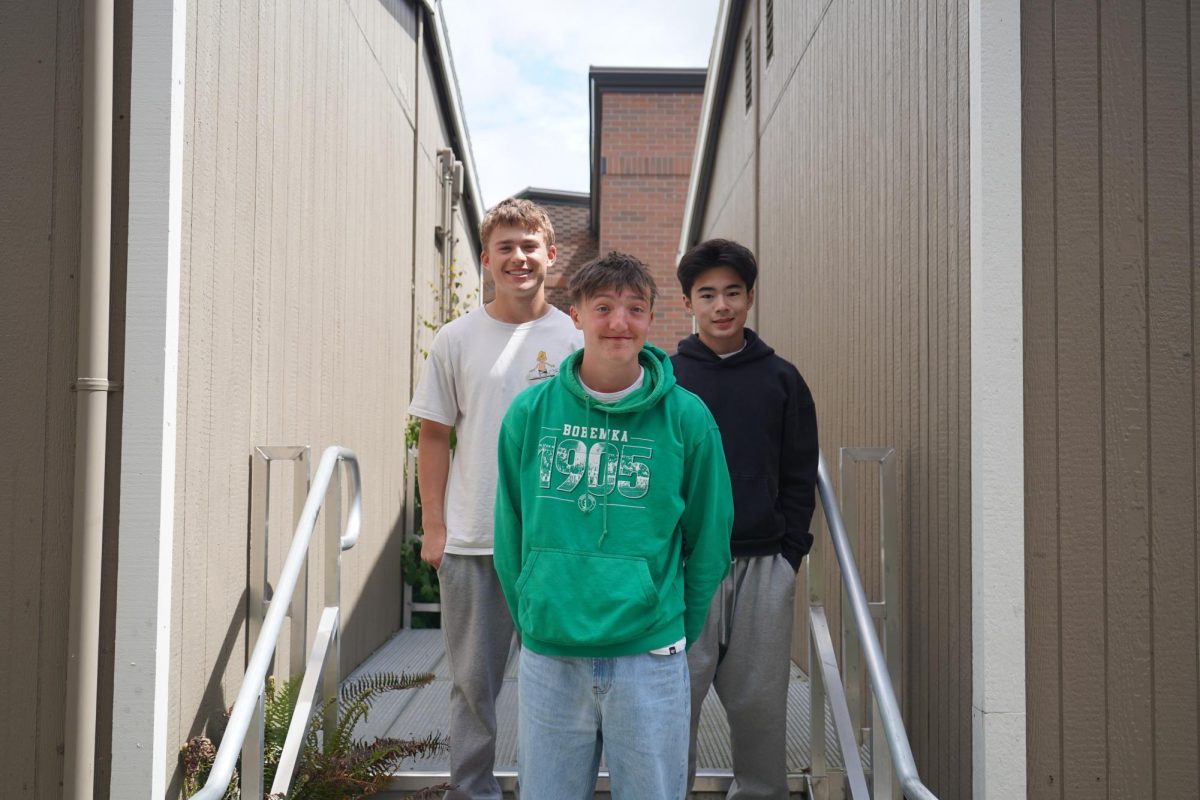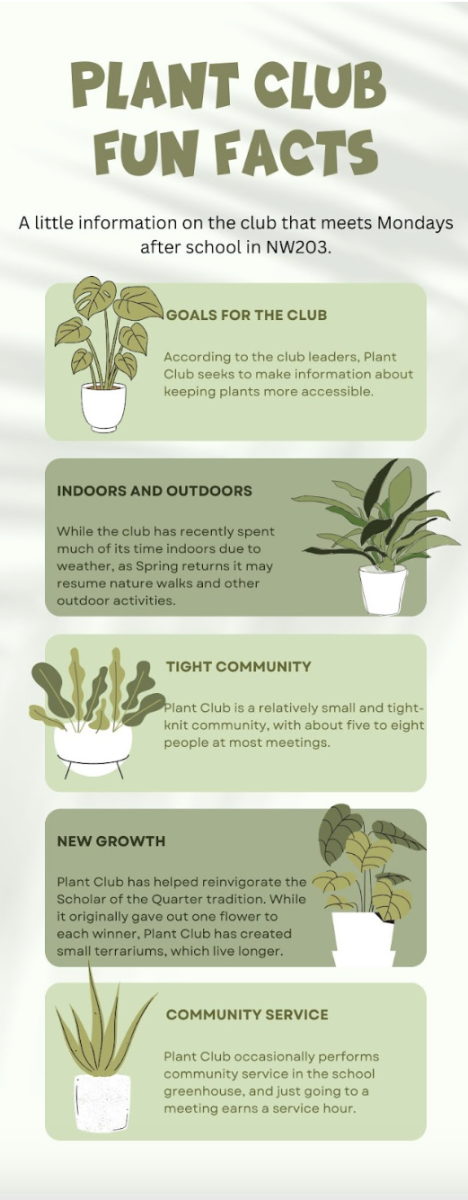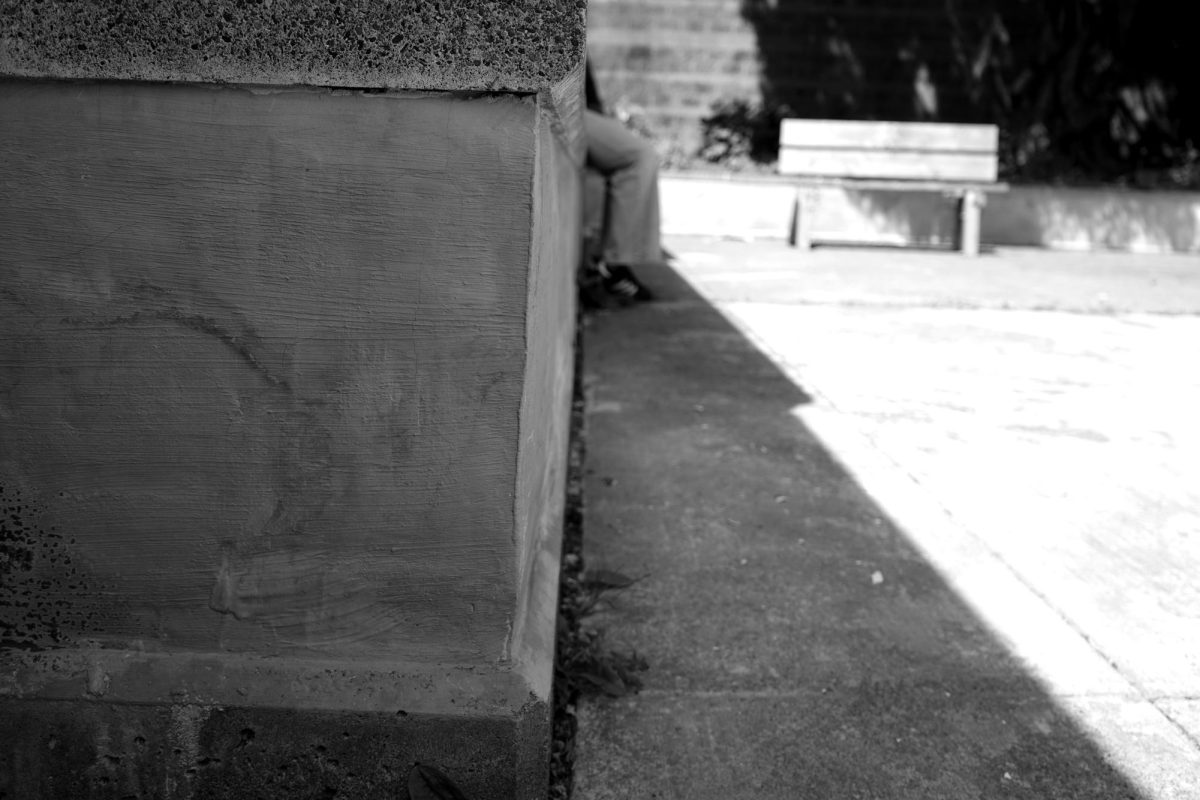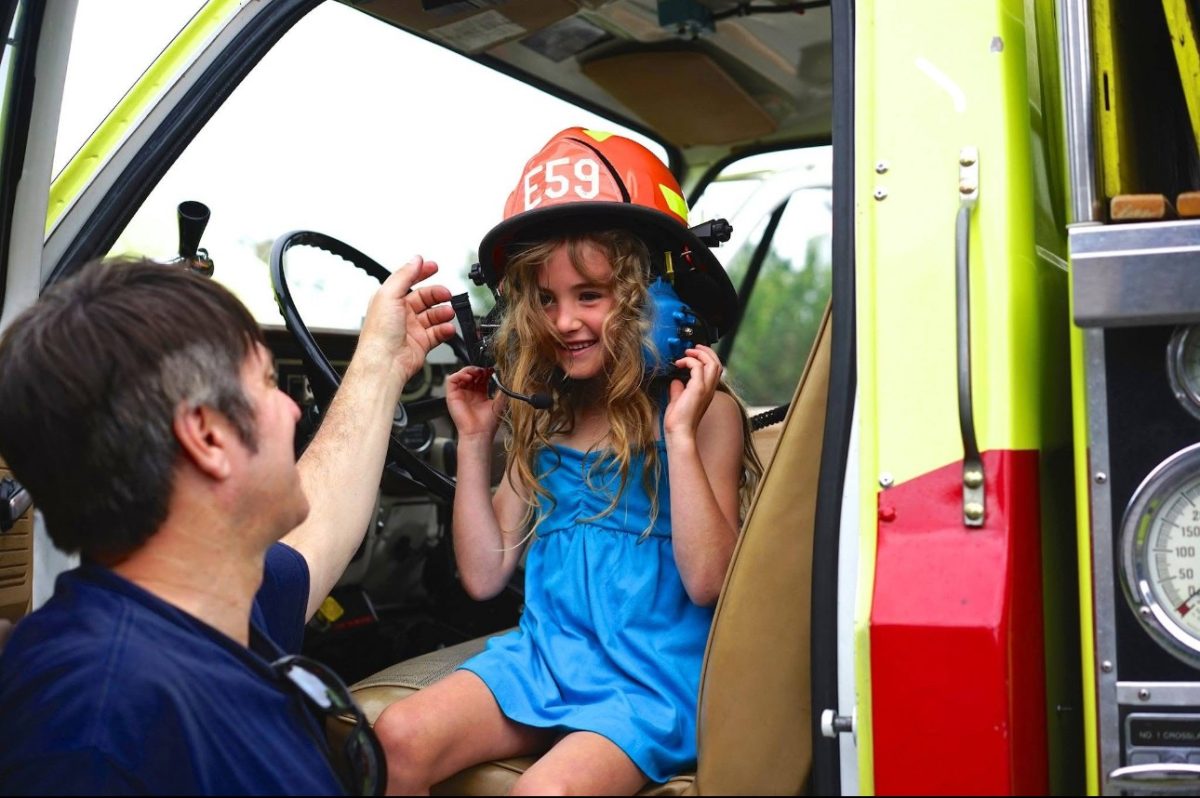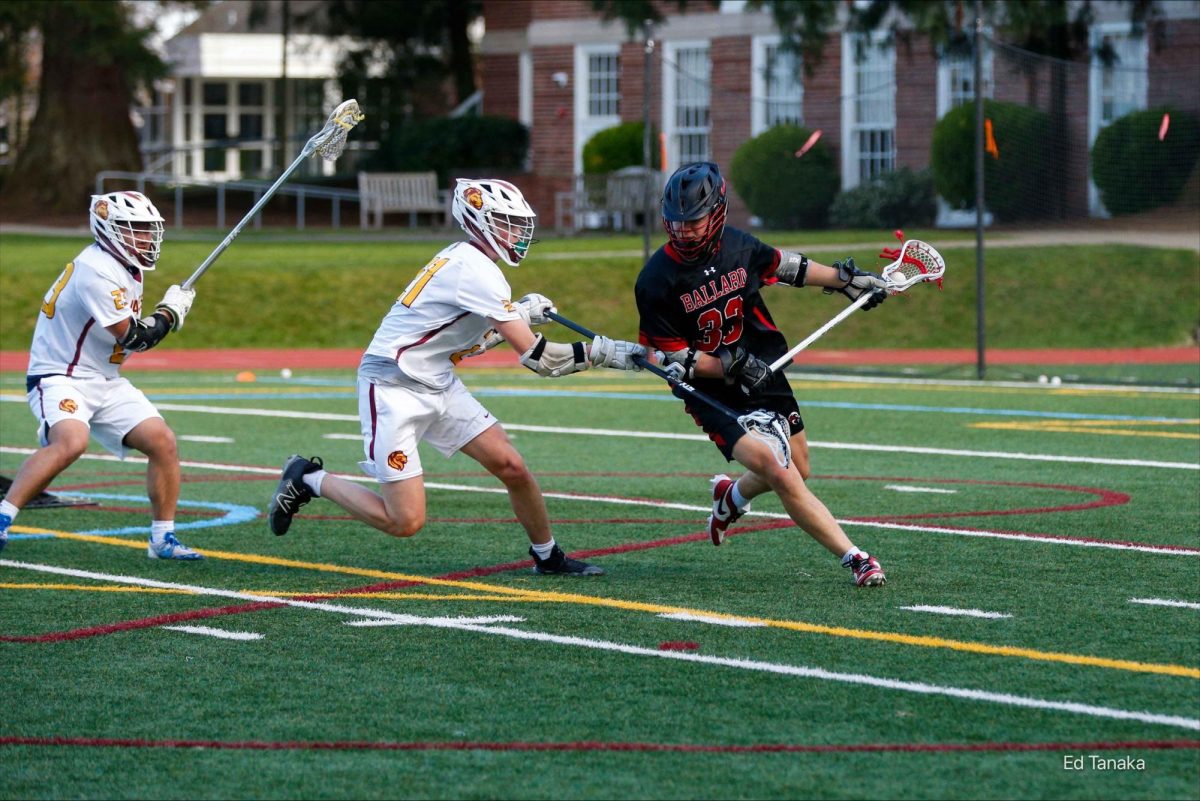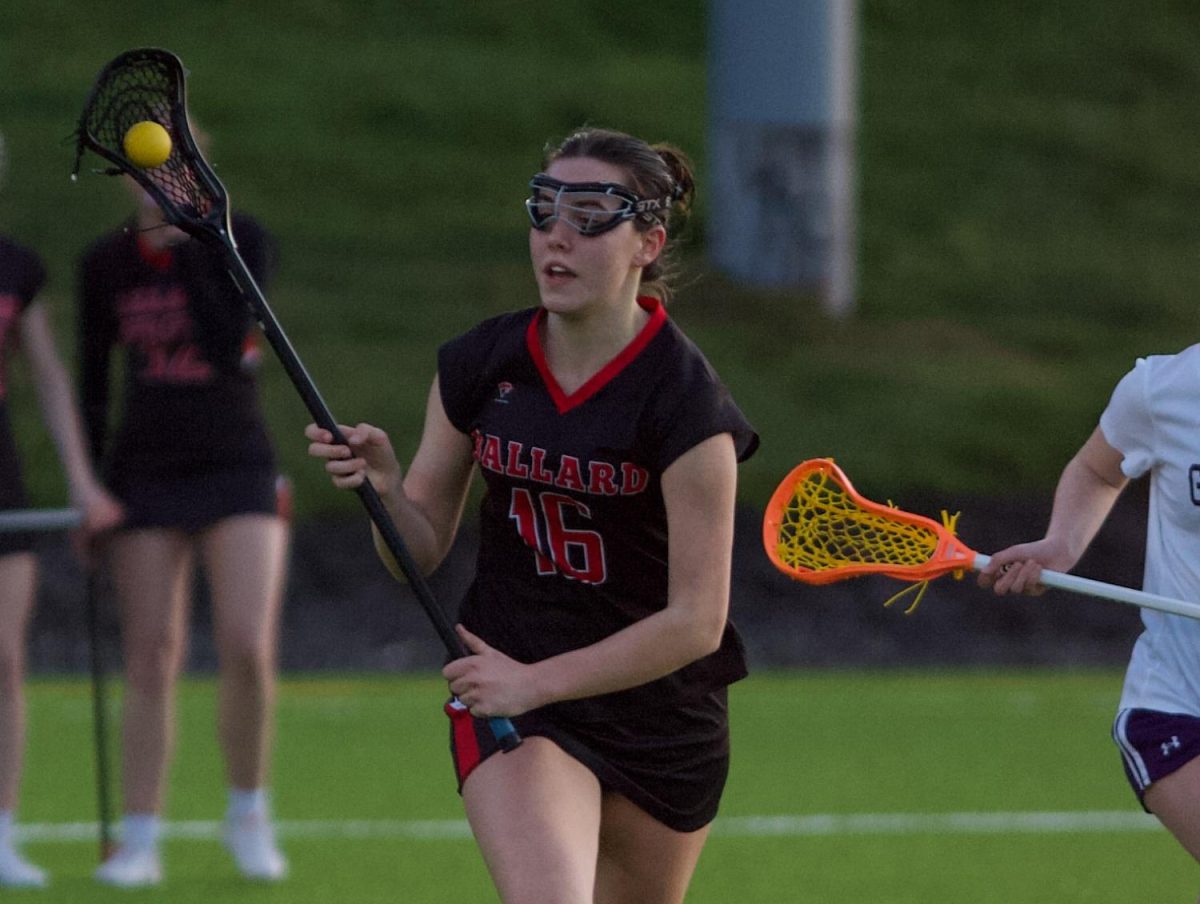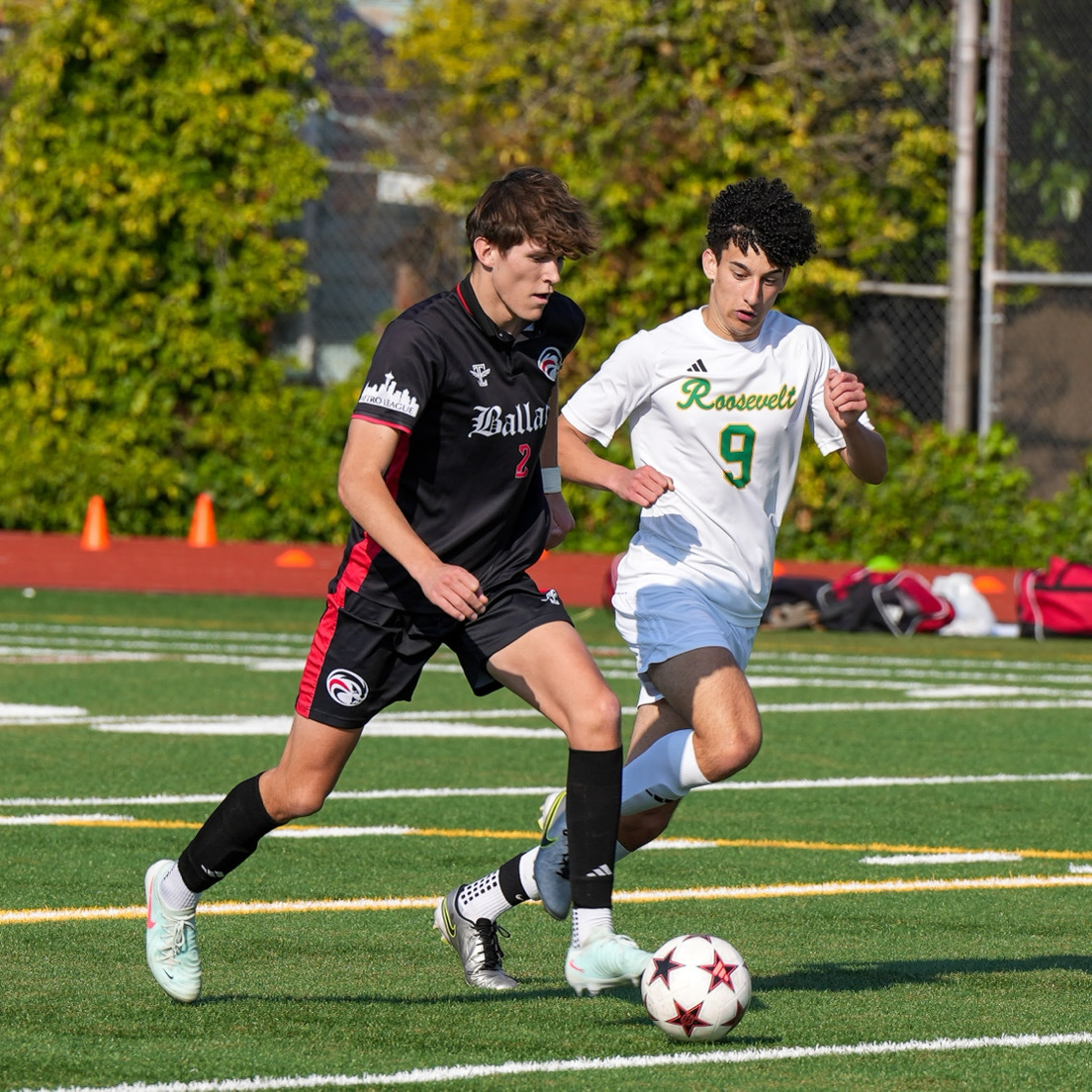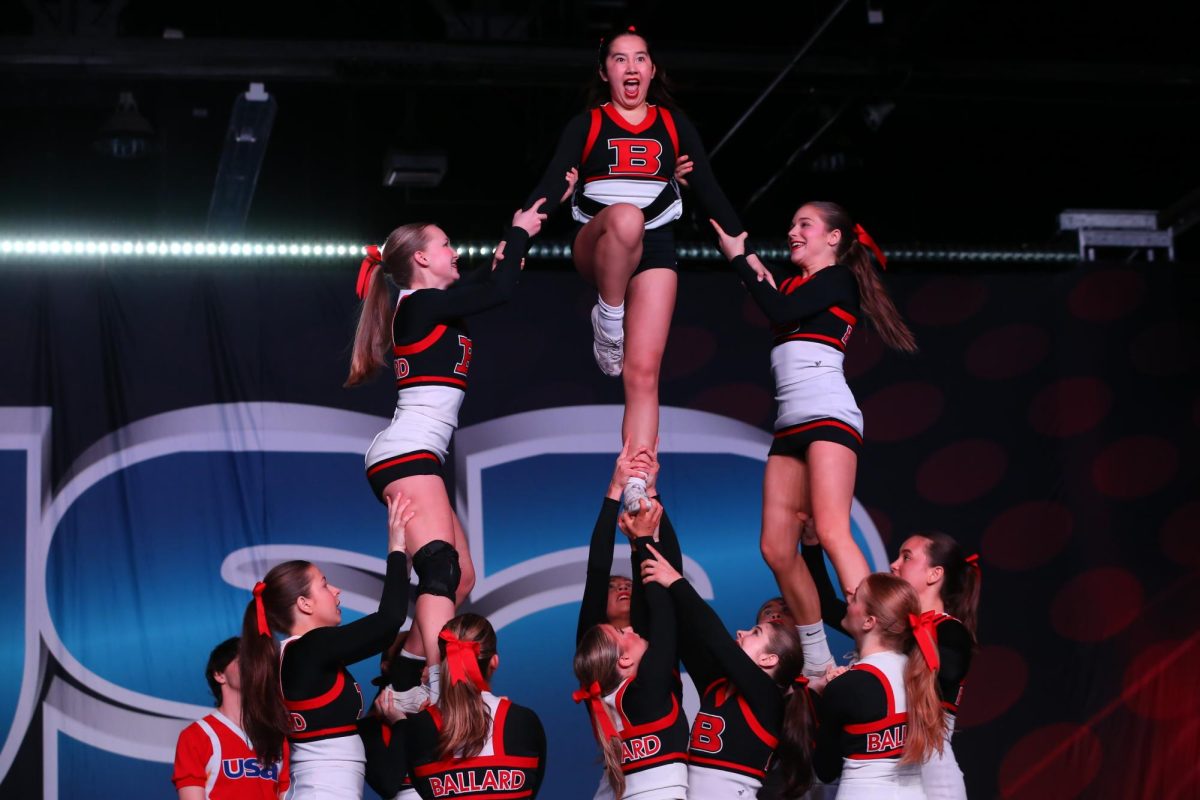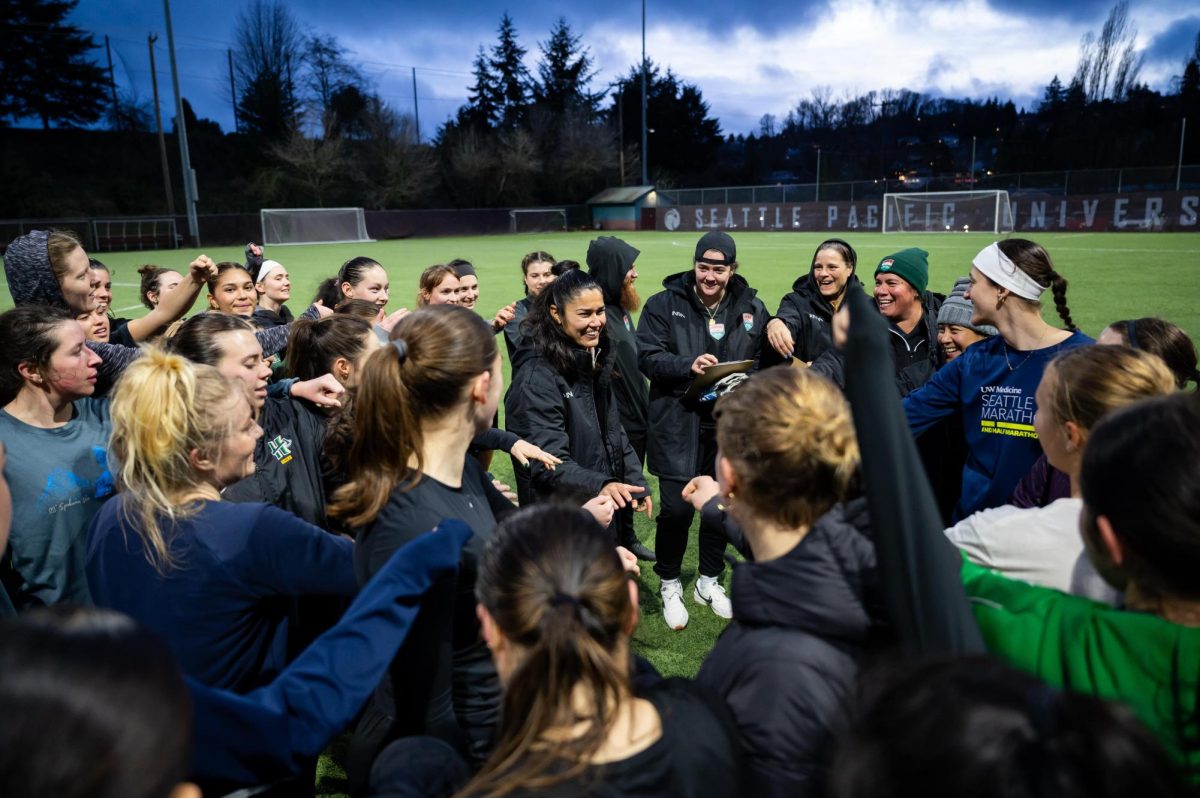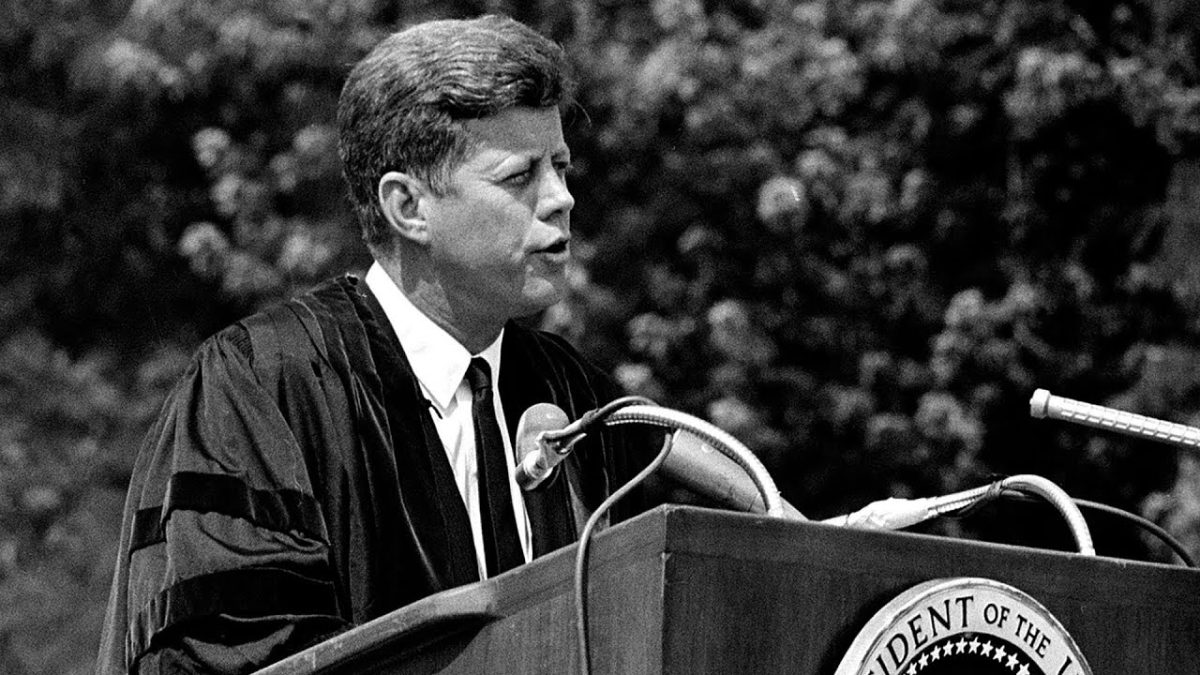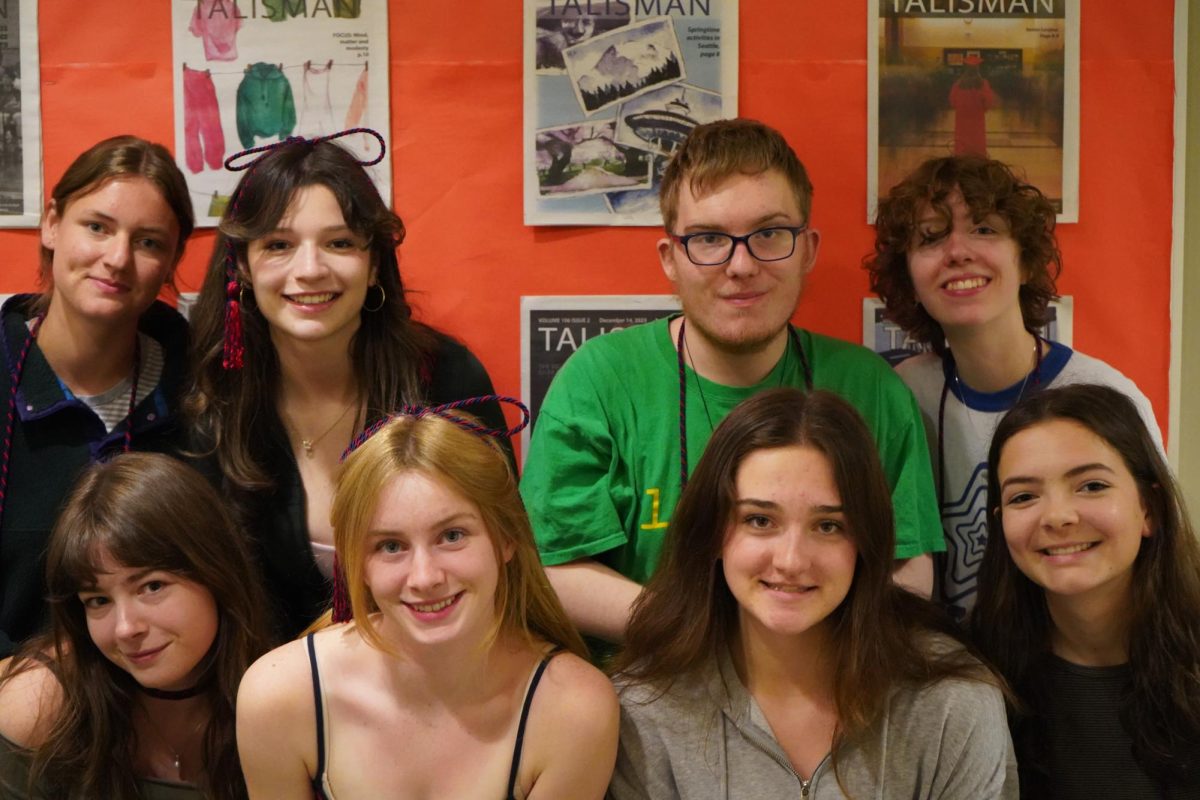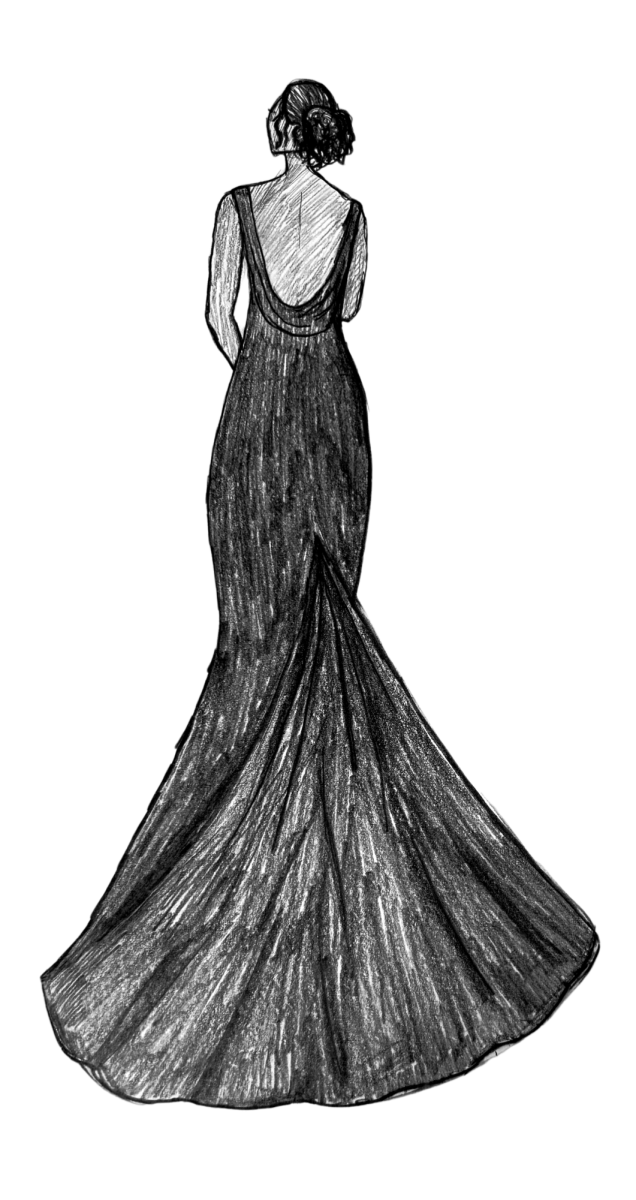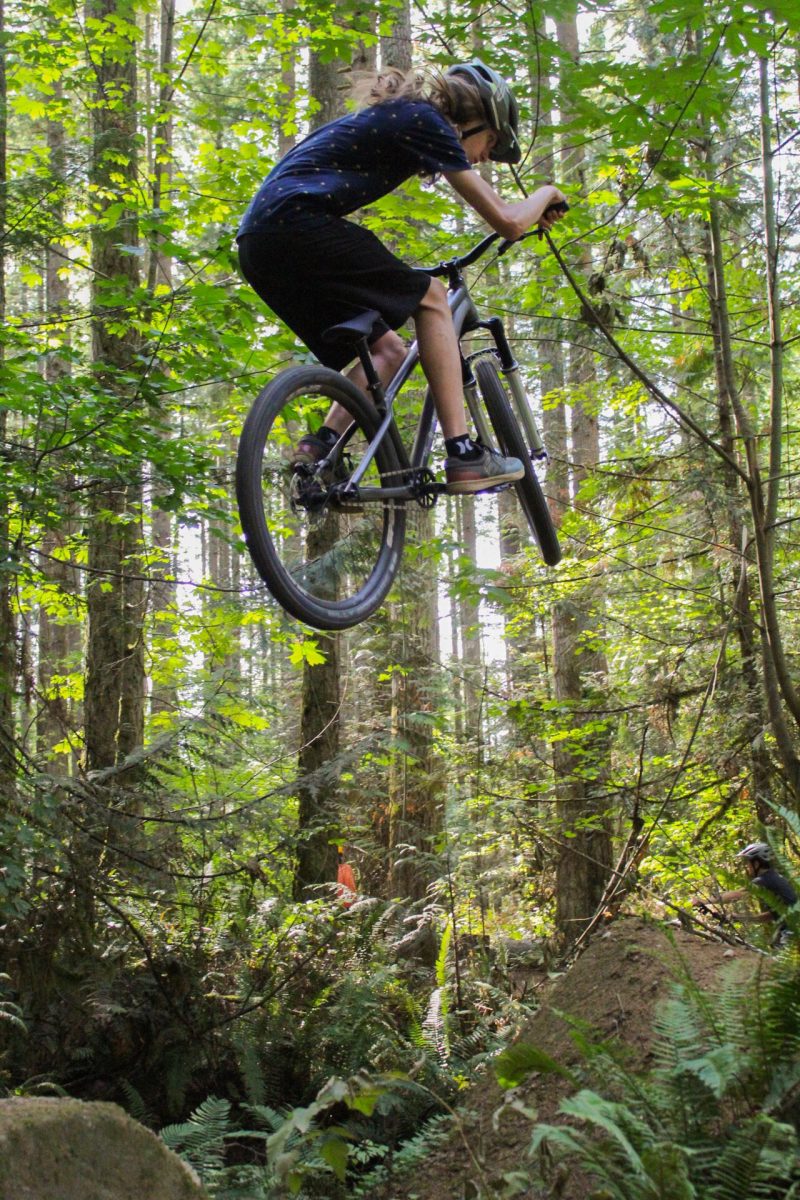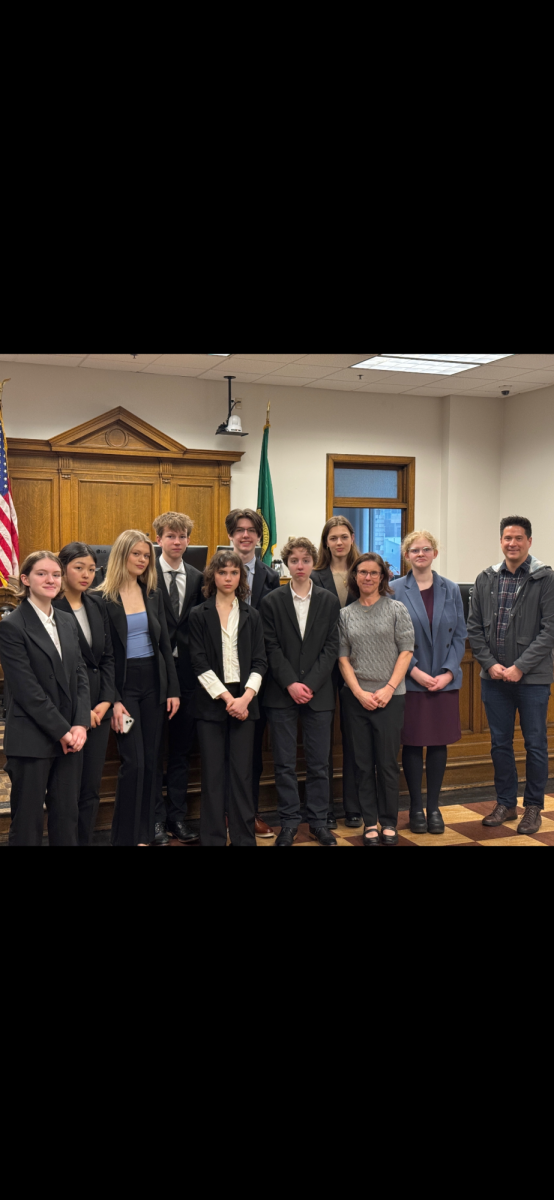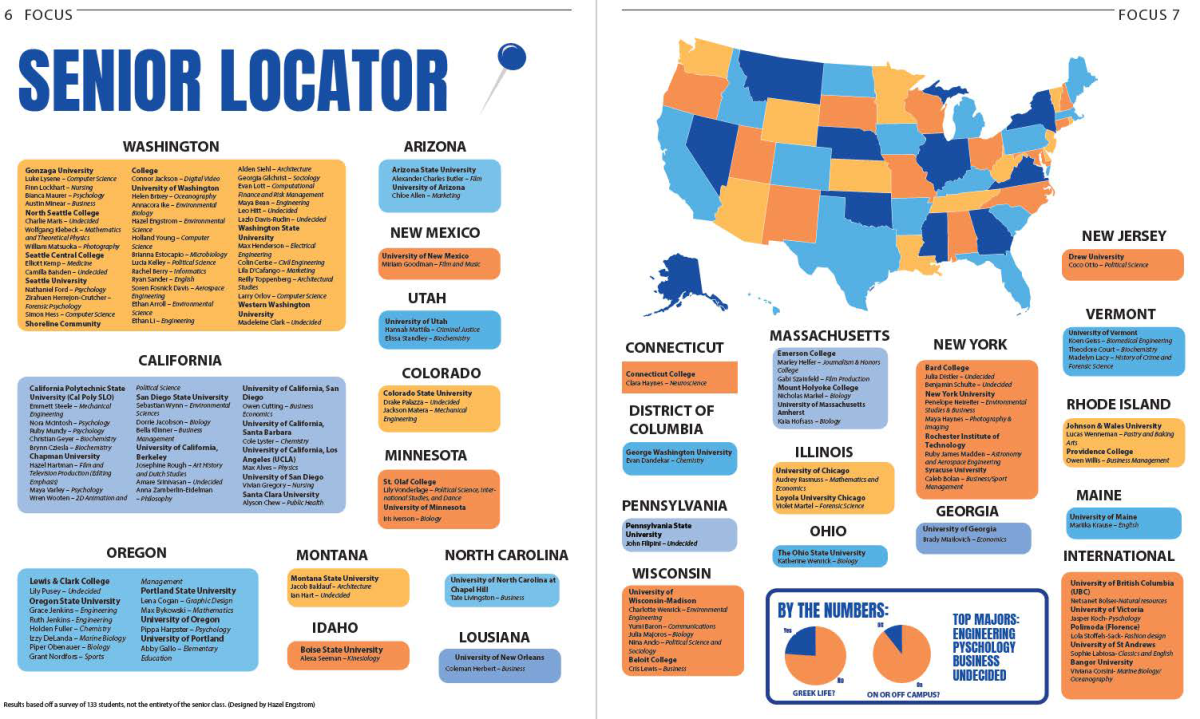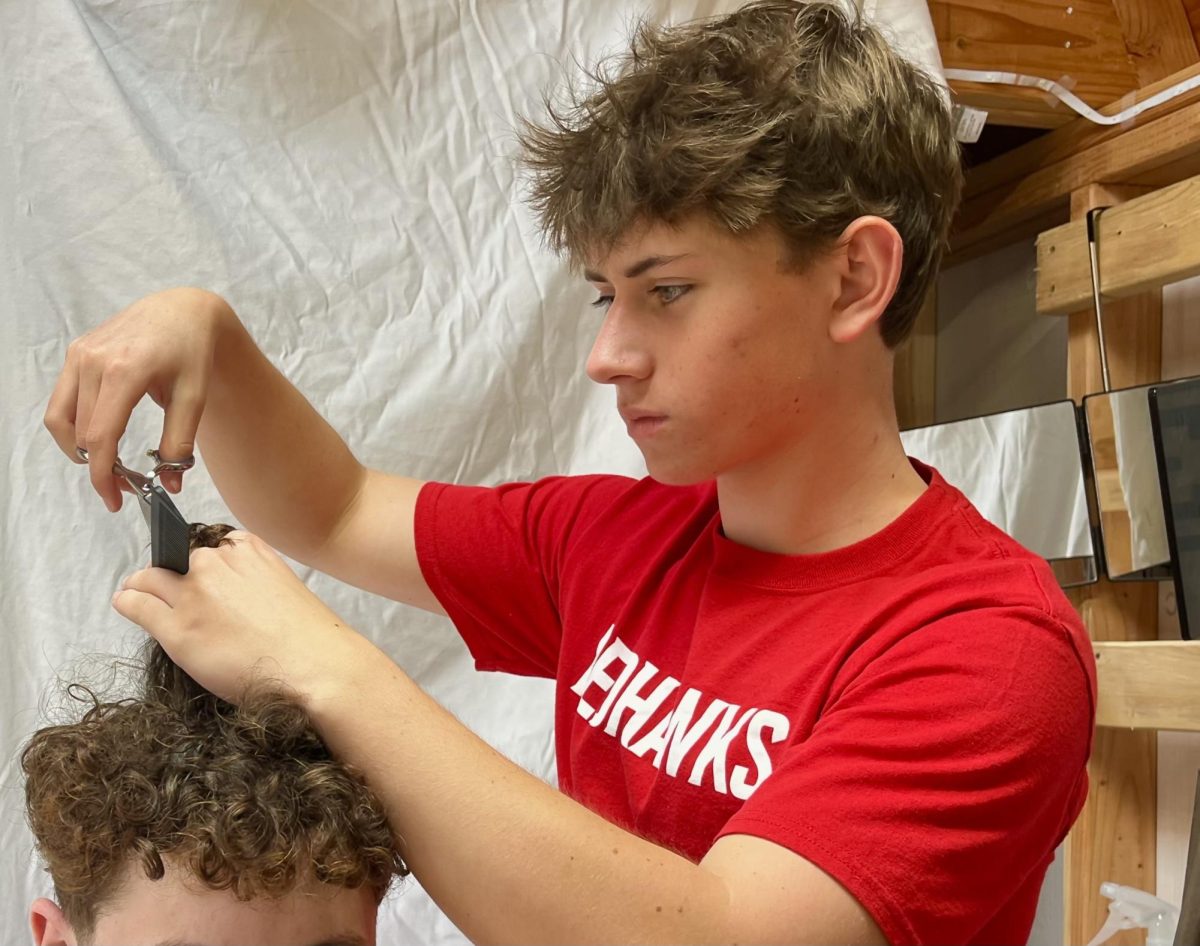Aside from the usual noises of busy downtown, the park was calm. A sophomore at the time, now-senior Evie King was doing her homework when a vehicle roared past, an assaulter inside shooting a nearby person. King jumped into action, creating a makeshift torniquet for them with her shoelace and applying pressure to the wound with her shirt.
“I realized then that what I wanted for my future was to help people,” King said in an email interview. “No matter who they are, what they’ve done, or where they are.”
After being introduced to firefighting by her mentor Todd Wollum from the Shoreline Fire Department, King enrolled in the Skills Center FITE (First in Training and Education) class, taught by on-duty firefighters.
“We routinely go to Seattle Joint Training Facility on Mondays to do hands-on drills with tools and courses used by the SFD (Seattle Fire Department),” King said. “We work through the… textbooks each week to prepare us for fire academies and on Fridays we conduct drills within our school.”
Also in the Skills Center FITE class, senior Sara Taylor was first introduced to the career of firefighting when she toured fire stations at age five. After high school, she plans to take a pause before continuing firefighting.
“My plan after high school is to get a full-time job [that] I was offered at a food distribution center,” Taylor said in an email interview. “Build up work experience and have a steady income before taking an EMT course and eventually go through Fire Academy.”
Taylor is choosing to go straight into the workforce because her approach to learning is more hands-on than the average college class would provide for her.
“My brain functions better when I am working and learning through jobs rather than [in] a classroom like in college,” Taylor said.
On the other hand, after high school, King will go into fire service, studying at the University of Alaska Fairbanks. The school will allow her to work full-time for the Fairbanks Fire Department while still taking college classes.
“I want to build my skills to be on a rescue squad and eventually be a paramedic,” King said. “I see myself working in a large city fire department such as San Francisco FD, NYFD, SFD, or LAFD.”
While both of their goals as firefighters are to save people, Taylor is interested in a different type of firefighting – saving people as well as saving the earth.
“I… want to get my pilots license and potentially make my way into wildland firefighting,” Taylor said. “[Also] getting the certifications and licenses to fly the big airtanker planes.”
King’s firefighting knowledge and goals for the future stem from the class she took at the Skills Center.
“If it wasn’t for the FITE class, I wouldn’t have gained the experience I needed to go into a fire department immediately following graduation,” King said. “[It’s important to] find a mentor who is currently working as a firefighter; this is someone who you can always reach out to for any questions or help with your future.”
Beyond just helping people, firefighters also help each other succeed. Trust is needed in them because they have each other’s lives in their hands.
“I love the community of firefighting,” King said. “The people on your shift become a second family to you.”
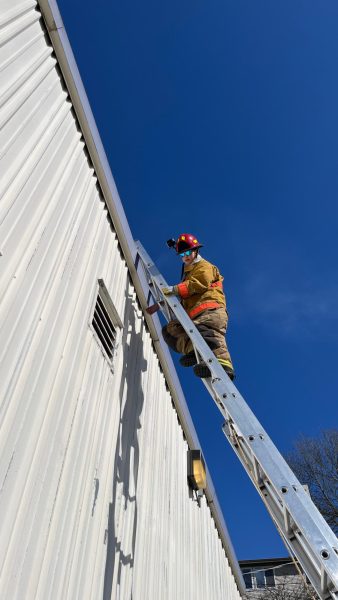
straight into the workforce because her approach to
learning is more hands-on. (Dan Golosman)

